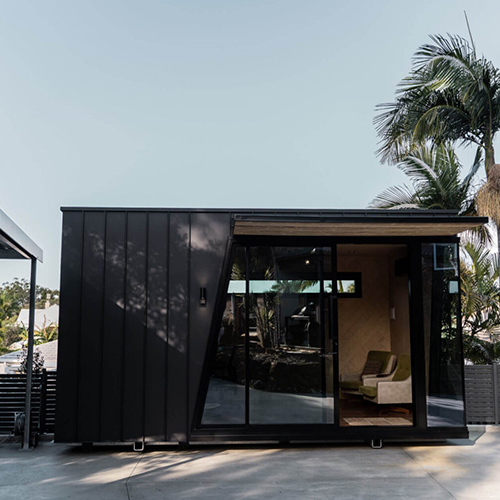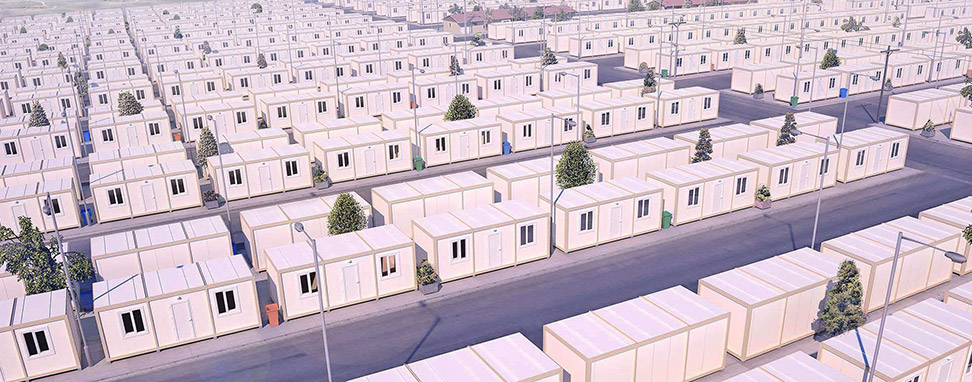With the acceleration of global urbanization and the improvement of people's environmental awareness, traditional construction methods are facing more and more challenges. In this context, metal container houses, as an emerging form of construction, have gradually become a rising star in the construction industry with their flexibility, economy and sustainability. From temporary residences to permanent residences, from office spaces to art exhibition halls, metal container houses are changing our lifestyles in a variety of ways.
Metal container houses are based on standard freight containers, which are transformed and designed to be suitable for living or use. These containers are usually made of steel and are sturdy and durable, able to withstand various harsh weather conditions. After interior decoration and exterior decoration, they can be used as residences, offices, shops, schools and even holiday villas.
One of the biggest advantages of metal container houses is their high flexibility. Since the containers themselves are modular units, they can be stacked, spliced and expanded according to needs, creating spaces of different sizes and functions. For example, in cities with limited land resources, multi-story container buildings can effectively utilize vertical space; in remote areas or construction sites, single containers can be used as temporary offices or workers' dormitories.
Metal container houses are also suitable for a variety of scenarios. They can be quickly built and used for post-disaster reconstruction, refugee camps or emergency medical facilities; they can also be used as long-term ecological residences to meet people's needs for simple life. Some creative designers even transform containers into cafes, galleries or homestays, giving them unique artistic charm.

Compared with traditional buildings, metal container houses are cheaper to build. First, the container itself is a ready-made structural material, without the need for additional frame support, which greatly reduces construction time and labor costs. Secondly, many containers are recycled and reused freight boxes. This recycling method not only reduces the consumption of raw materials, but also reduces the generation of construction waste, which is in line with the concept of green environmental protection.
Metal container houses can also be equipped with energy-saving equipment such as solar panels and rainwater collection systems to further enhance their sustainability. This "low carbon footprint" feature makes it one of the important directions for future architectural development.
Although metal container houses have many advantages, they also face some challenges. For example, steel is easy to conduct heat, so good insulation measures are needed to ensure a suitable indoor temperature; in addition, due to the relatively compact space, how to optimize the layout to improve comfort is also a key issue.
With the advancement of technology and the continuous innovation of design concepts, these problems are gradually being solved. At present, more and more countries and regions have begun to accept and promote metal container houses, especially in dealing with housing shortages and promoting sustainable development, it has shown great potential.
Metal container houses are not only a bold attempt in the field of architectural design, but also the crystallization of human wisdom in the pursuit of sustainable development. It perfectly integrates industrial elements with modern life, which not only meets functional needs but also embodies the concept of environmental protection. In the future, as more people recognize its value, metal container houses are expected to set off a global architectural revolution and bring more possibilities to our lives.








